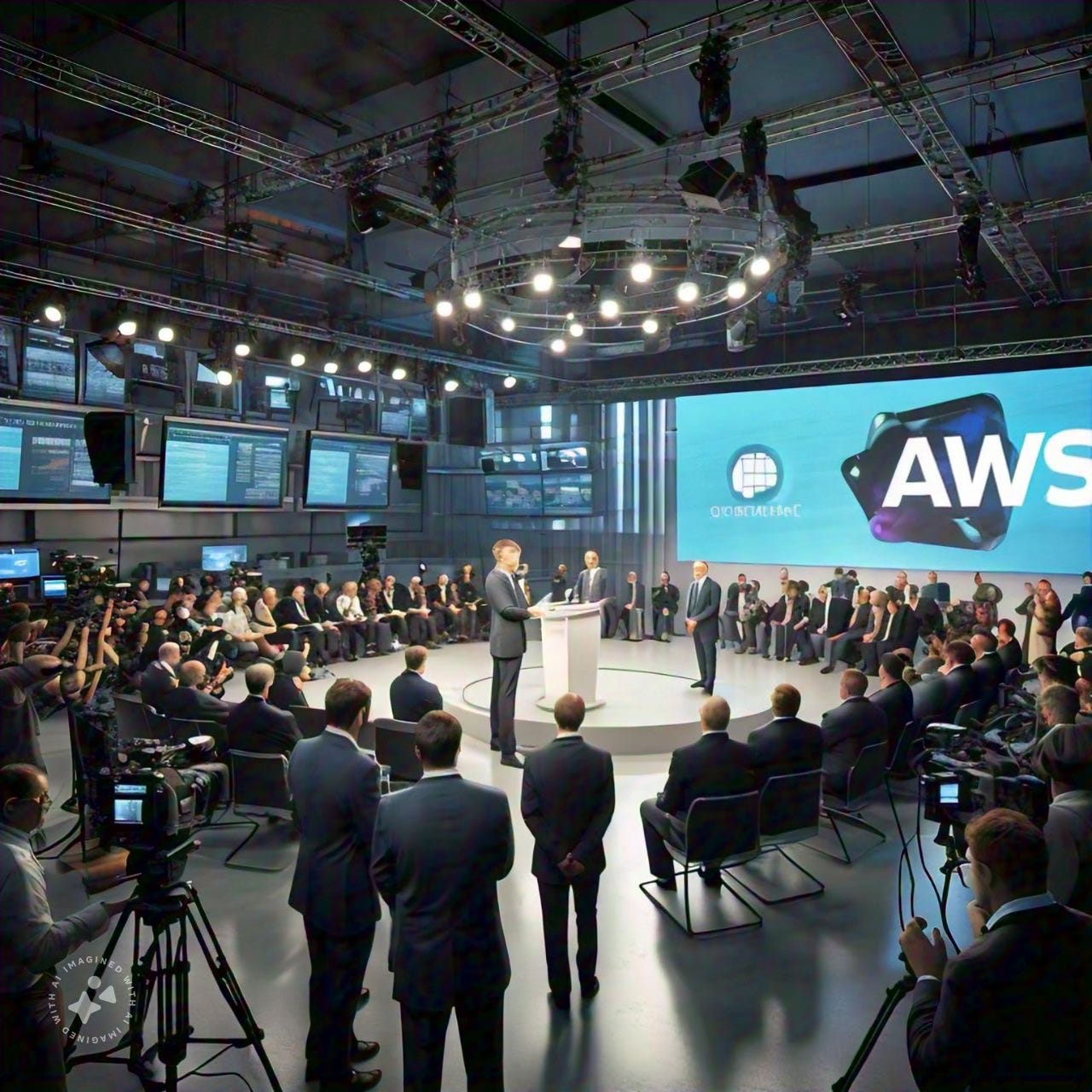Anthropic raises another $4B from Amazon
The company has agreed to train its flagship generative AI models primarily on Amazon Web Services (AWS), Amazon’s cloud computing division.
The OpenAI rival also said it’s working with Annapurna Labs, AWS’ chipmaking division, to develop future generations of Trainium accelerators, AWS’ custom-built chips for training AI models.
“Our engineers work closely with Annapurna’s chip design team to extract maximum computational efficiency from the hardware, which we plan to leverage to train our m…
Keep reading with a 7-day free trial
Subscribe to Neural News Network to keep reading this post and get 7 days of free access to the full post archives.

